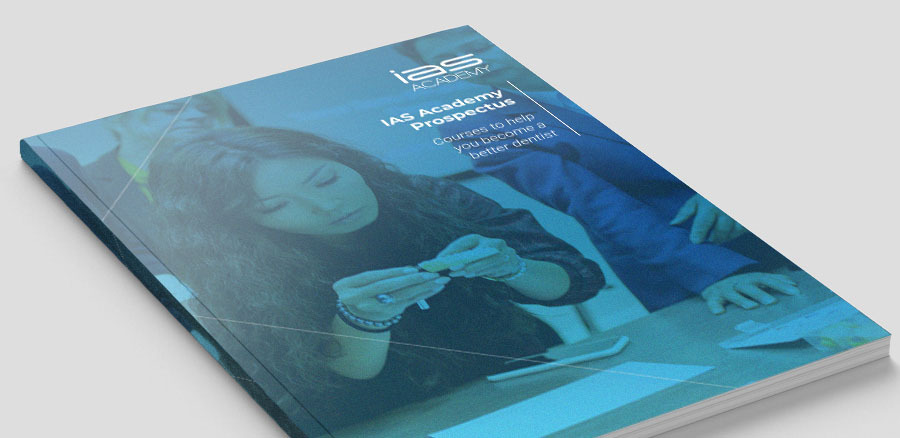Removable Aligners to Correct Rotation

Treatment carried out by Brenda Nishimura

Dr Brenda Nishimura maintains a state-of-the-art facility, committed to providing the latest proven techniques and services within a caring and comfortable environment.
Dr Nishimura is a Fellow of the Academy of General Dentistry and a Mentor of the prestigious Kois Center, a center that advances the education of dentists through scientifically and clinically proven techniques. She received her DDS, Doctor of Dental Surgery, degree at Case Western Reserve University in 1984 and her BS, Bachelor of Science degree from Tufts University in 1980.
CONTACT INFORMATION
922 Waltham Street
Suite 205
Lexington
MA 02421
Tel:(781) 861-1444
Visit website
Patient complaint
The patient is a 56-year-old female that presented to the practice to discuss possible treatment options for improving the appearance of her anterior teeth. While her medical history revealed that she had anaemia as well as possible sleep apnoea, her dental history was clear.
Biomechanical, Periodontal, Functional and Aesthetic Assessment
During the clinical assessment, the patient’s biomechanical risk was found to be moderate with several restored teeth. However, there were no signs of active decay or root canal therapy.
Periodontally, there was sound support for the teeth with no bone loss, inflammation or bleeding on probing. When asked about functionality, the patient reported normal function when chewing and did not complain of feeling more than one bite. Furthermore, there were no signs of temporomandibular joint disorders (TMD).
Aesthetically, she presented as high risk due to a high smile line. When smiling, the patient revealed all tooth structure and up to 6mm of the gingival complex. The patient had no prior history of orthodontic treatment. The tooth position before treatment involved rotation, facial inclination of the anterior teeth and crowding.
Treatment planning
The treatment goal was to align the anterior teeth without changing the bite. After discussing various treatment pathways, the patient opted for the ClearSmile Inman Aligner for both the upper and lower arches. Thereafter, IAS Academy’s Spacewize+™ digital crowding calculator software was used to establish suitability of treatment, before using Archwize™ 3D planning software to predict the interproximal reduction (IPR) that would be needed to achieve the intended result. The results showed that a total of 0.30mm IPR was required.
Treatment
Throughout the treatment process, the patient was reviewed every two to three weeks to ensure that the correct progress was being made. After alignment of the teeth, tooth whitening was carried out to achieve the patient’s desired colour, and finally the front teeth were bonded to repair unevenly worn edges on the anteriors.
| Appointment | Progress |
|---|---|
| 29/2/16 | • Impression taken for ClearSmile Inman Aligner. |
| 31/3/16 | • Upper ClearSmile Inman Aligner fitted. • 0.3mm of IPR performed. • Patient advised to wear appliance for approximately 20 hours per day, and given dietary and oral health advice. • Composite anchors were placed facially on the UR1 and lingually on UL2 |
| 13/4/16 | • Progress reviewed and composite anchor removed from UR1. |
| 27/4/16 | • Minor IPR performed. |
| 12/5/16 | • Composite anchor replaced on UR1. |
| 26/5/16 | • Progress reviewed. |
| 14/6/16 | • Progress reviewed – further rotation was needed on UL1 and UR1, otherwise almost there. |
| 13/7/16 | • Patient now using upper ClearSmile Inman Aligner as a retainer as alignment was complete. |
| 2/8/16 | • Lower ClearSmile Inman Aligner inserted. • IPR carried out distally on canines and a little between incisors. • Composite anchor placed on LR2 lingually. |
| 18/8/16 | • Review – no more IPR required. |
| 8/11/16 | • Alignment complete. • Impression taken for whitening trays. |
Critical appraisal
The patient was thrilled with the treatment outcome. She felt the procedure was relatively painless, fast and less expensive than other anterior alignment orthodontic options or traditional fixed braces. In addition, the patient was happy that treatment could be staged to make it more affordable for her.
I was also very pleased with the final outcome from a clinical perspective. I feel that the ClearSmile Inman aligner is a preferable option to the various other appliances as it does not alter the bite or trigger any TMD symptoms. In the past, I have observed that an open bite between the posterior teeth can occur with other appliances, since they cover the occlusal surfaces of the posterior teeth. If patients clench on the appliances, they may intrude the posterior teeth, creating a posterior open bite. The alignment of the teeth, using the ClearSmile Inman Aligner in this case, went smoothly with minimal IPR. The appointments were brief and simple. The lab costs were also reasonable, allowing me to provide this treatment to patients that could not afford more costly orthodontic treatments.
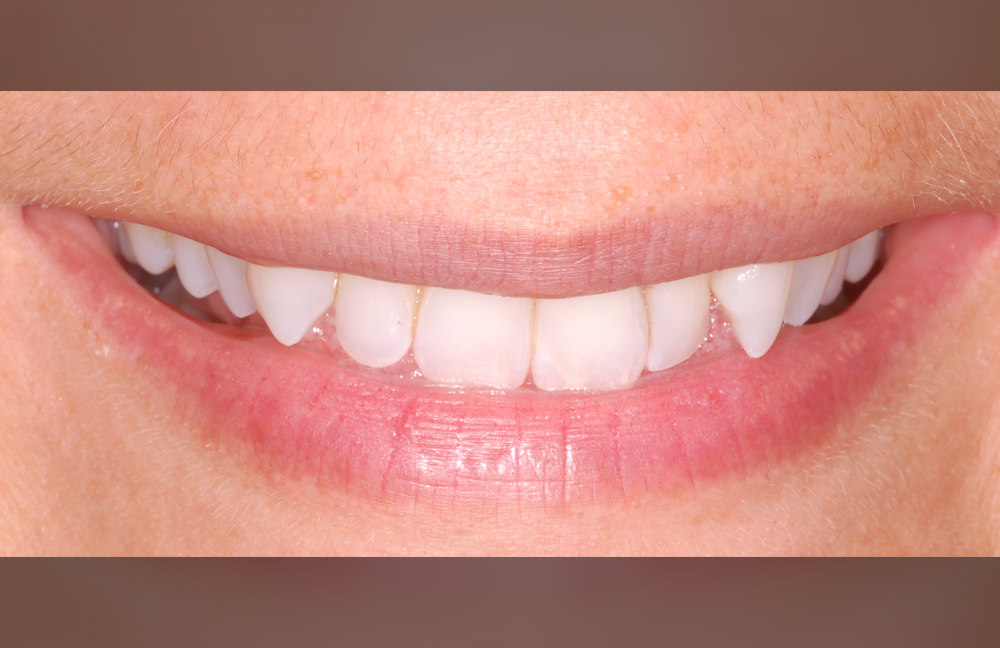 Pre treatment smile
Pre treatment smile 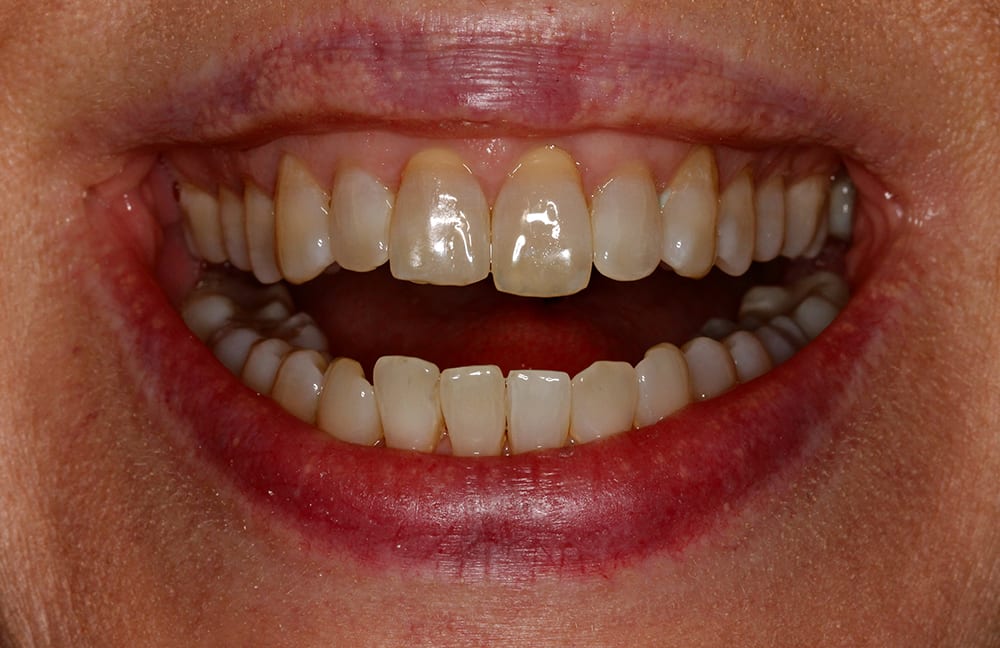 Post alignment treatment
Post alignment treatment 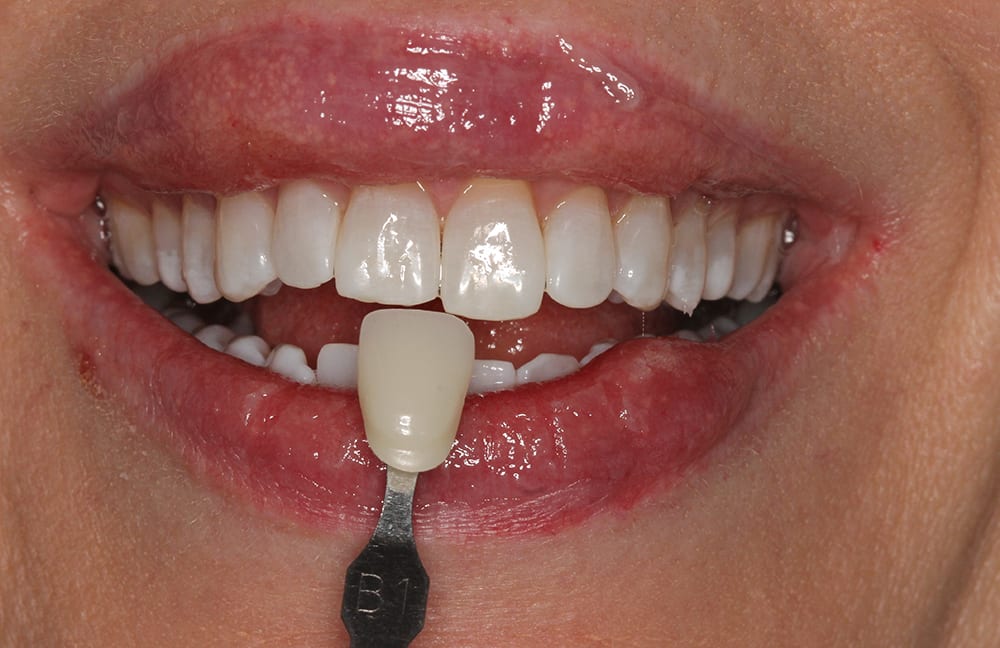 Post tooth whitening
Post tooth whitening 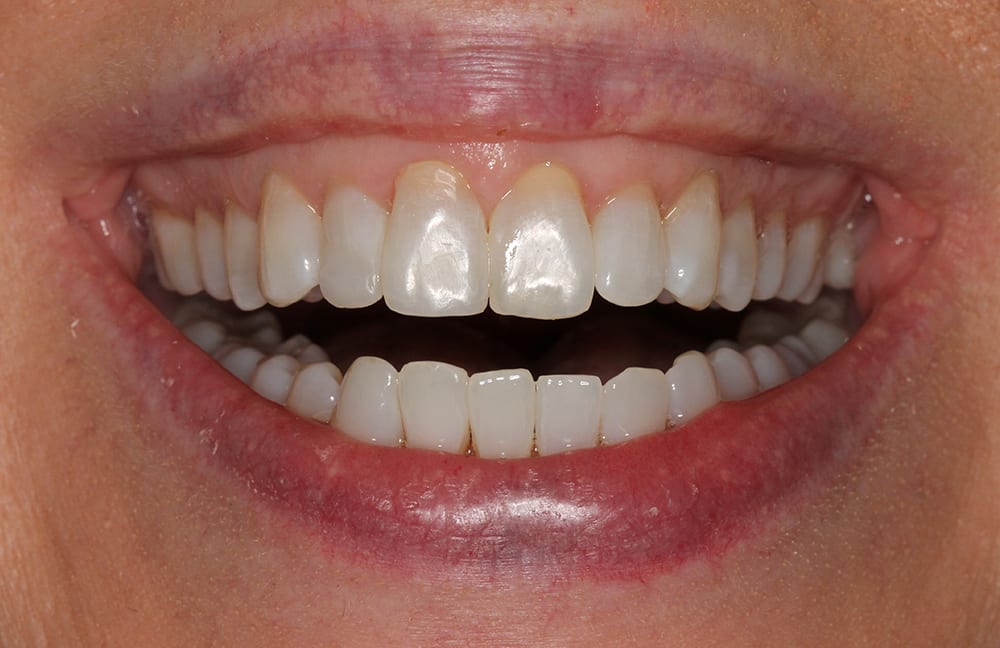 Post aligning, bleaching and bonding
Post aligning, bleaching and bonding 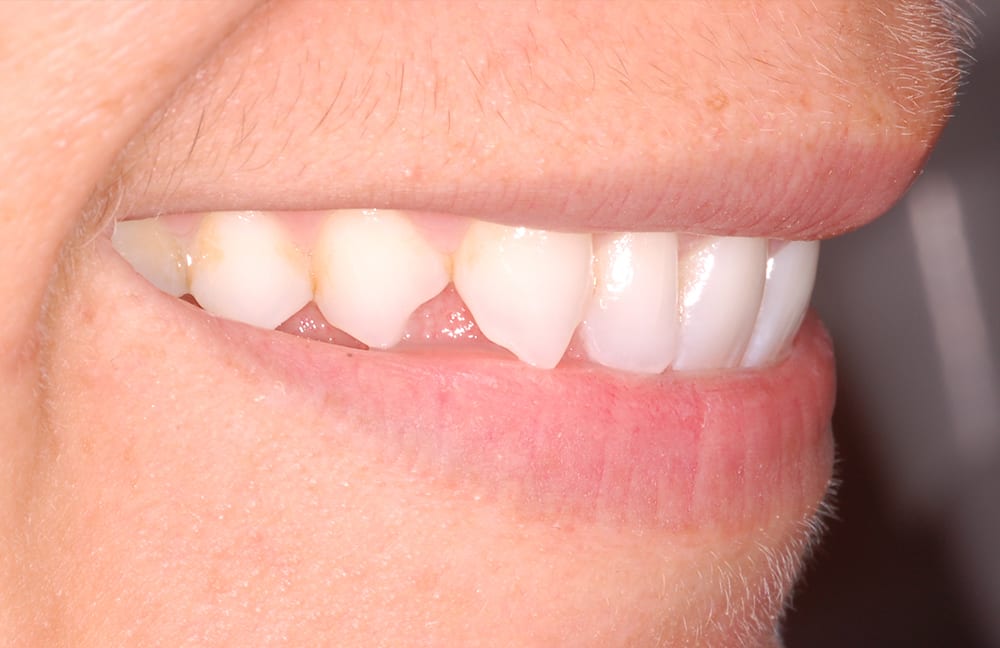 Pre treatment right lateral
Pre treatment right lateral 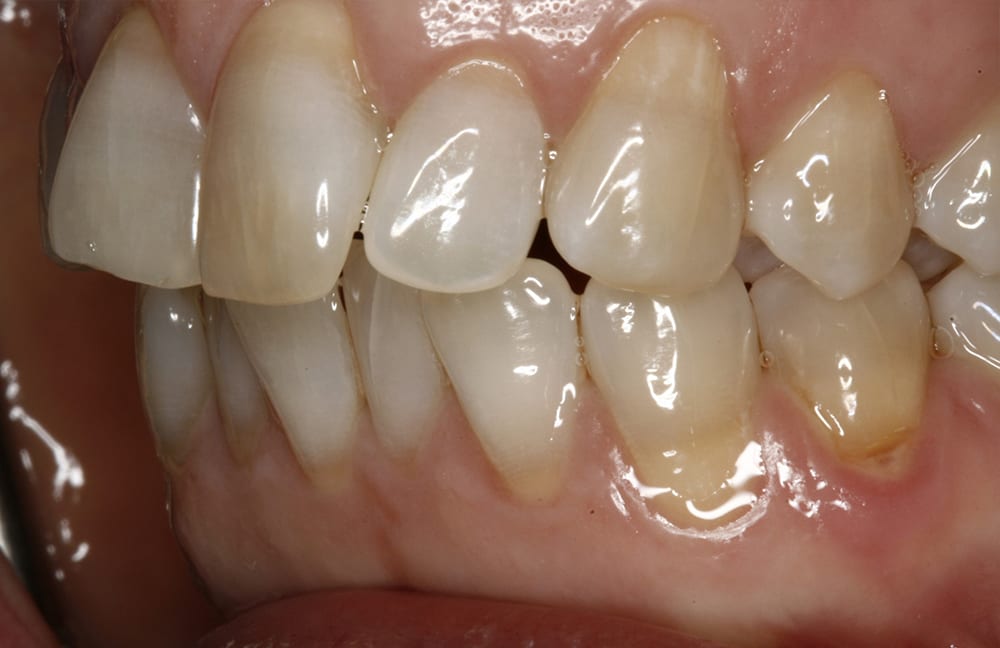 Pre treatment left lateral
Pre treatment left lateral 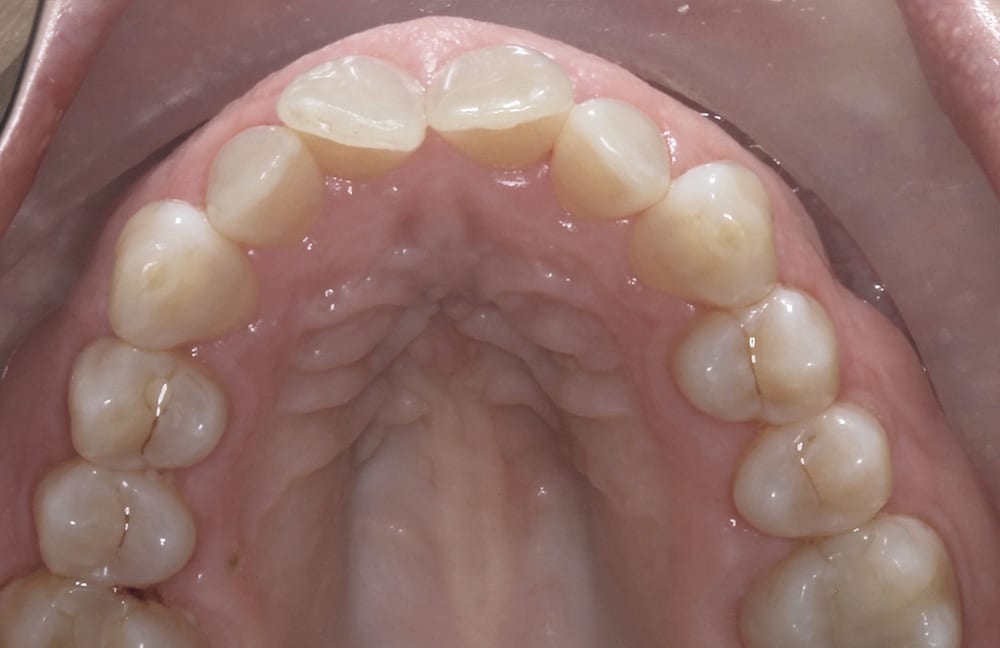 Pre treatment upper occlusal
Pre treatment upper occlusal 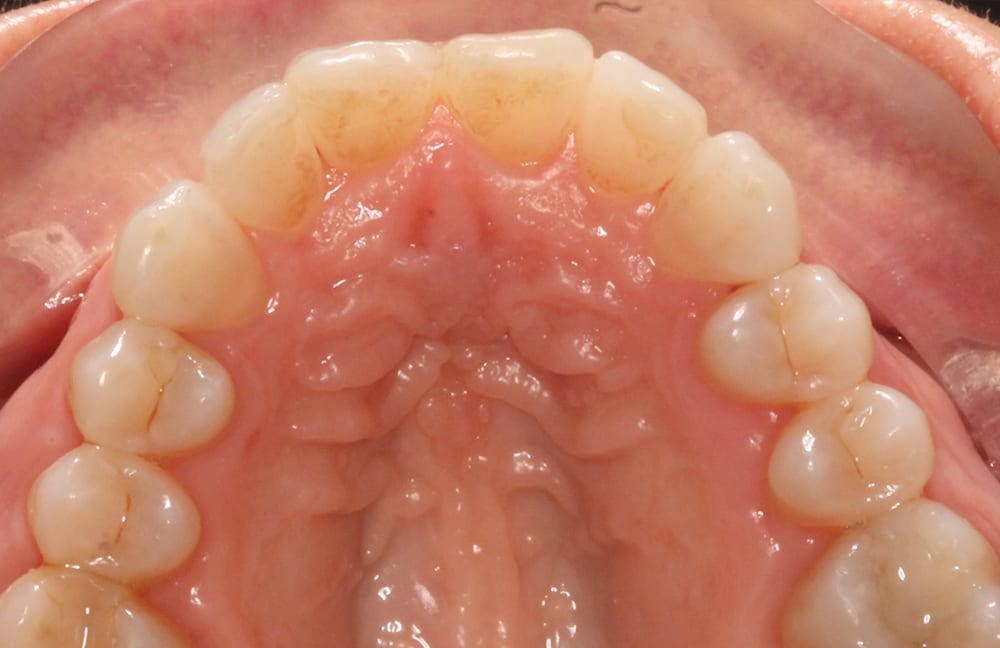 Post treatment upper occlusal
Post treatment upper occlusal 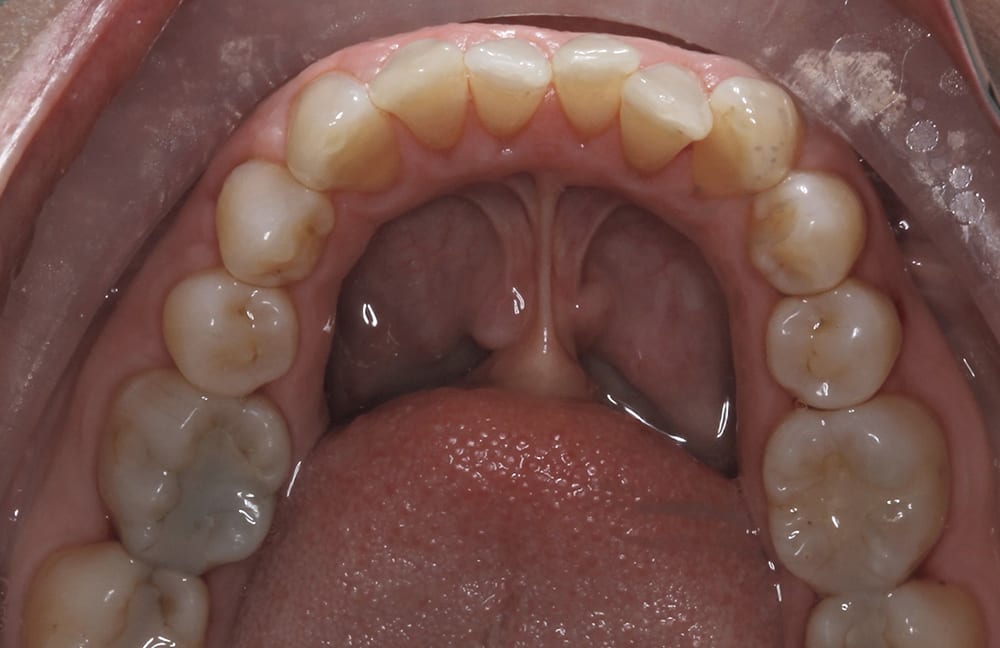 Pre treatment lower occlusal
Pre treatment lower occlusal 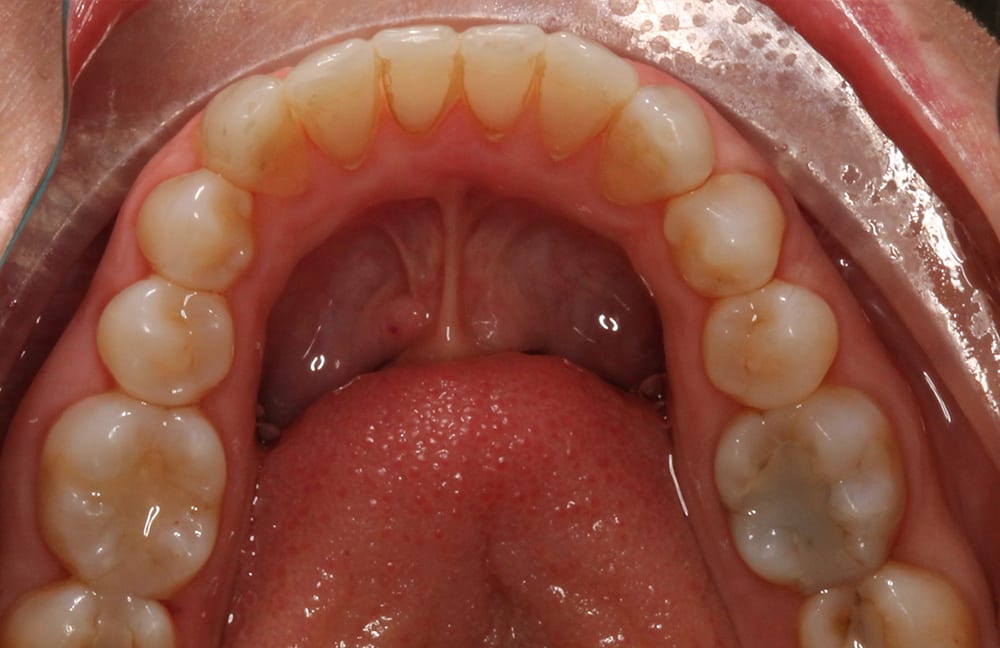 Post treatment lower occlusal
Post treatment lower occlusal 
